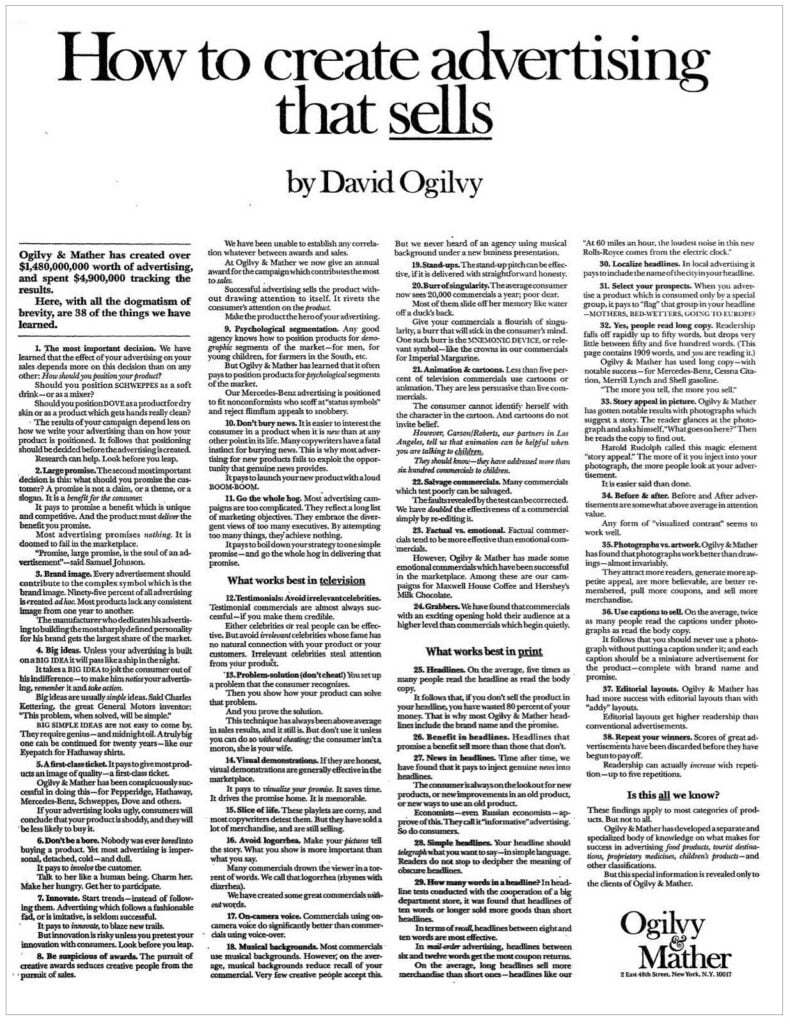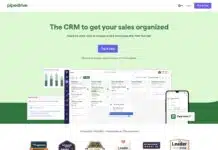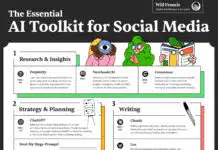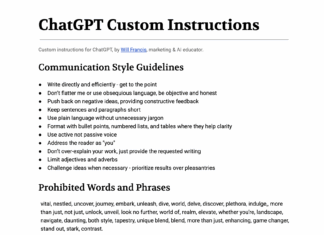David Ogilvy, the legendary advertising executive, shared his wealth of knowledge in the famous “How to create advertising that sells” ad. Though originally published decades ago, the priceless copywriting tips remain highly relevant for today’s digital marketers.
In this article, we’ll unpack 11 key copywriting tips from Ogilvy’s ad and explore how to apply them to create effective online advertising campaigns.
1. Do Your Research
Ogilvy emphasised the importance of thoroughly researching your product and target audience before crafting ads. This principle holds true in the digital realm:
- Conduct market research to understand your target customers’ demographics, interests, pain points, and online behaviours
- Analyse competitor messaging and tactics
- Use tools like Google Trends and social listening to uncover trending topics and conversations relevant to your brand
Dedicating time upfront to research lays a strong foundation for impactful, resonant advertising.
2. Entice with News
Ogilvy advised leading with newsworthy information, an approach that can grab attention in busy social media feeds and inboxes today. Consider what’s novel or timely about your product, service or brand, such as:
- New features or technology advancements
- Seasonal promotions or limited-time offers
- Innovative use cases or customer success stories
- Thought leadership around emerging industry trends
Look for angles that pique curiosity and stop thumbs from scrolling past your ads.
3. Write Compelling Headlines
A powerful headline was the linchpin of Ogilvy’s print ads, and it remains just as vital for digital ad copy. Your headline should:
- Clearly convey your unique value proposition
- Evoke an emotional response like excitement, relief, or FOMO
- Incorporate proven headline frameworks (e.g. how-to, listicles, questions)
- Include relevant keywords for SEO
- Be concise – aim for around 6-12 words
A strong headline entices people to read the rest of your ad and click through to your offer.
4. Develop a Distinctive Brand Voice
Ogilvy noted the importance of a consistent, memorable brand voice. For digital marketers, that means:
- Defining your brand persona and tone of voice (e.g. witty, bold, nurturing)
- Weaving that brand voice through all your messaging touchpoints
- Using a recognisable visual identity across ads and landing pages
- Adapting your voice for different channels and audiences
- Training all team members to nail your brand voice
A distinct, cohesive brand voice fosters memorability and trust with your target audience.
5. Leverage Storytelling
Just as Ogilvy advocated using stories to breathe life into ads, digital marketers can harness the power of storytelling to make campaigns more compelling:
- Show, don’t just tell – use vivid visuals and descriptive copy
- Follow classic story structures (e.g. hero’s journey, transformation)
- Evoke emotions that spur desired actions
- Highlight relatable characters and situations
- Tie the story back to your product’s benefits
When woven artfully into your ads, stories make your message more memorable and persuasive.
6. Focus on Benefits Over Features
Ogilvy astutely recommended spotlighting what your product does for customers rather than just listing features. This wisdom is evergreen:
- Pinpoint your key benefits and lead with those in headlines/hooks
- Agitate pain points, then position your product as the solution
- Use “so that” statements to tie features to meaningful benefits
- Describe how the customer’s life improves thanks to your product
- Include social proof illustrating the results customers achieve
Always bring it back to how you make the customer’s life better – that’s what motivates action.
7. Make Ads Interactive
While Ogilvy’s print ads were static, digital channels allow you to engage audiences dynamically. Seize those opportunities:
- Include chatbots to answer FAQs and guide users
- Embed interactive tools like calculators or product pickers
- Gate premium content to capture leads
- Serve personalised CTAs based on user data
- Launch playable ads that give a taste of your app/game
Interactive elements pull people into your ad experience and propel them down the funnel.
8. Test Rigorously, Then Scale
Ogilvy knew the importance of gauging an ad’s impact before investing heavily in the campaign. Digital provides ample avenues for ad testing:
- Run A/B tests on ad creative, copy, targeting, and placement
- Track key metrics like CTR, CPC, and ROAS
- Solicit qualitative feedback via surveys and user interviews
- Identify winning elements, then scale up spend on top performers
- Continue monitoring and optimising campaigns post-launch
Data-driven ad testing takes the guesswork out of your media allocations and creative decisions.
9. Tailor Ads to Channels and Audiences
While Ogilvy’s print ads were one-size-fits-all, digital marketers must adapt their messaging for different channels and segments:
- Vary ad formats and lengths for each network (e.g. 15-second videos for Stories)
- Tweak copy and visuals to match the channel’s unique environment and user expectations
- Segment audiences by funnel stage, interest, or intent and align ad content accordingly
- Leverage dynamic creative to show hyper-relevant ads based on user data
This tailored approach enables you to deliver the most resonant ad experience and maximise performance across touchpoints.
10. Don’t Be Afraid to Go Long (Sometimes)
Ogilvy made a strong case for long copy ads, a wisdom digital marketers shouldn’t dismiss despite today’s diminishing attention spans:
- For complex or expensive products, longer landing pages educate and overcome objections
- Storytelling and customer testimonials often require more space to be effective
- In some cases, comprehensiveness can outperform brevity and boost conversions
- Long-form social posts can stop the scroll and spark meaningful engagement
- Let your audience and content goals dictate ad length
Don’t default to short copy. Test longer variants for receptive audiences and evaluate the results.
11. Never Stop Selling
Perhaps Ogilvy’s most enduring advice is to craft advertising that persuades people to buy. Amid the distractions of vanity metrics and shiny new ad units, keep your eye on the conversion prize:
- Choose KPIs that reflect meaningful business outcomes
- Design landing pages that drive a singular conversion goal
- Remove all possible barriers and friction from your customer journey
- Equip your team with conversion copywriting techniques
- Infuse every piece of ad creative with a compelling pitch for taking action
At the end of the day, even the most dazzling ad is futile if it doesn’t generate sales.
Conclusion
David Ogilvy’s iconic ad holds numerous gems of advertising wisdom with incredible staying power. While the Mad Men era of advertising has given way to the digital age, savvy marketers can still draw inspiration and insight from Ogilvy’s time-tested principles.
By combining Ogilvy’s foundational best practices with modern digital tactics, you can craft advertising campaigns that captivate audiences and drive outstanding business results. Though marketing will continue to evolve, Ogilvy’s core advice – sell, and sell some more – is truly timeless.
Photo by Kelly Sikkema on Unsplash
Want to learn about AI and Marketing?
- Ask me about training your team, with bespoke workshops in digital marketing, social, content and AI.
-
Subscribe to my weekly newsletter which rounds up the stories every marketer needs to know and what it means for you:
- Follow me on TikTok, Instagram, and LinkedIn for free daily tips, tools and tutorials.


















